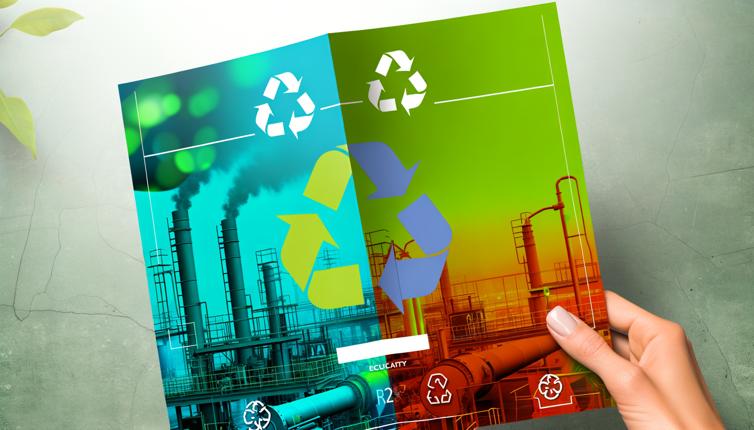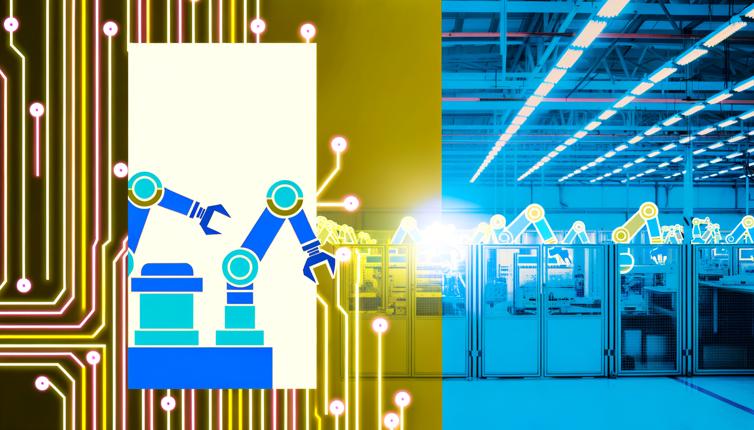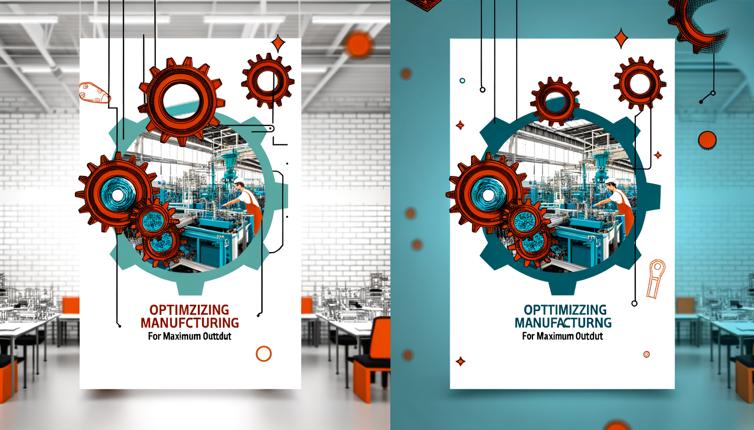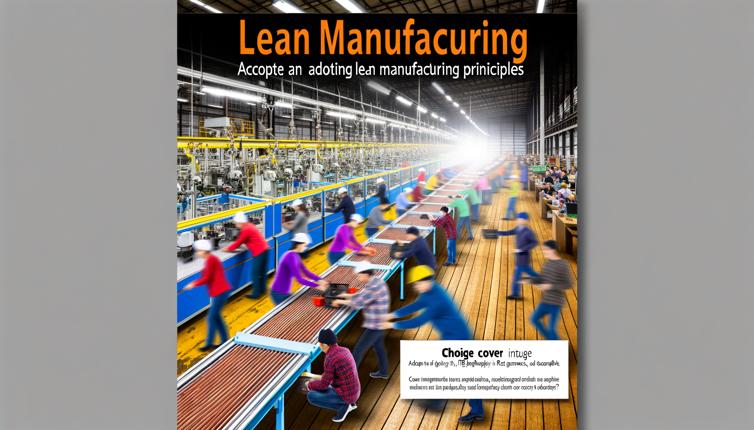Understanding Sustainability and Efficiency
Before diving into the topic, it is important to understand what sustainability and efficiency mean in the context of industrial production.,Sustainability refers to the ability to meet the needs of the present without compromising the ability of future generations to meet their own needs.,Efficiency, on the other hand, is about achieving maximum output with minimum input, such as reducing waste, optimizing processes, and using resources effectively.,Both sustainability and efficiency are crucial for long-term success and competitiveness in the industrial sector.
Challenges in Balancing Sustainability and Efficiency
While sustainability and efficiency are interconnected, they can sometimes be at odds with each other.,For example, improving efficiency may involve increasing production speed or using energy-intensive technologies, which can lead to higher emissions or resource depletion.,On the other hand, prioritizing sustainability over efficiency may result in lower productivity or increased costs.,Finding the right balance between the two is essential but challenging.
Strategies for Balancing Sustainability and Efficiency
Fortunately, there are several strategies that can help achieve a balance between sustainability and efficiency in industrial production.,1. Resource optimization: By optimizing the use of resources, such as energy, water, and raw materials, companies can reduce waste and improve efficiency. This can be done through measures like energy-efficient technologies, recycling, and process optimization.,2. Green product design: Designing products with sustainability in mind can have a significant impact on both efficiency and environmental footprint. This includes using eco-friendly materials, reducing packaging, and considering the product's lifecycle.,3. Collaboration and partnerships: Working together with suppliers, customers, and other stakeholders can lead to innovative solutions and shared resources. Collaboration can help identify opportunities for efficiency improvements and sustainability initiatives.,4. Continuous improvement: Embracing a culture of continuous improvement can drive sustainability and efficiency gains. This involves regularly reviewing and optimizing processes, implementing feedback mechanisms, and investing in employee training.,5. Policy and regulation: Governments can play a crucial role in balancing sustainability and efficiency through the implementation of supportive policies and regulations. These can include incentives for sustainable practices, stricter environmental standards, and investment in research and development.,By implementing these strategies, companies can create a more sustainable and efficient industrial production system.
Conclusion
Balancing sustainability and efficiency in industrial production is not an easy task, but it is essential for the long-term success and resilience of businesses. By understanding the importance of sustainability and efficiency, recognizing the challenges involved, and implementing the right strategies, companies can achieve a balance that benefits both their bottom line and the environment. It is a journey that requires ongoing commitment and collaboration, but the rewards are well worth it.









